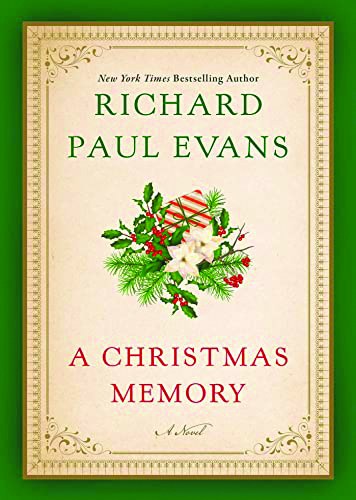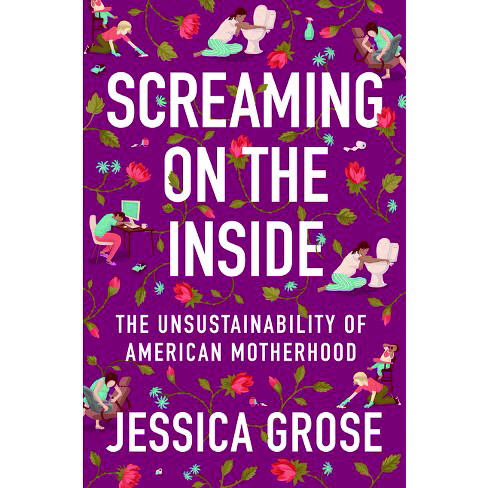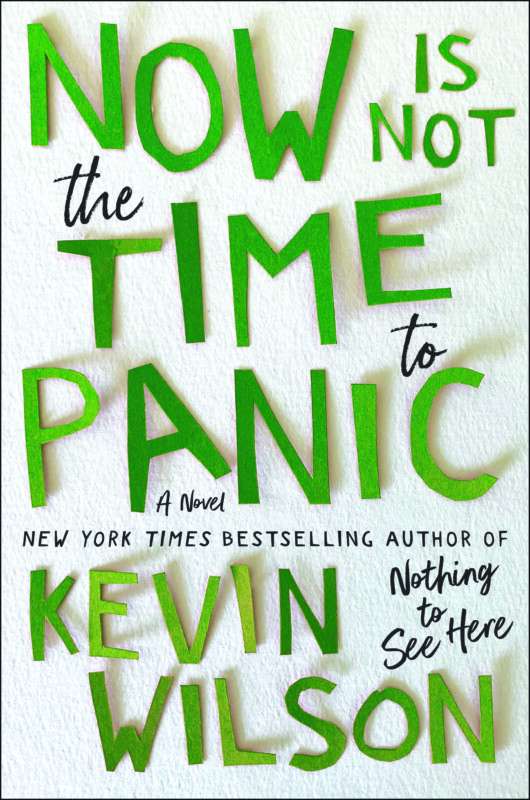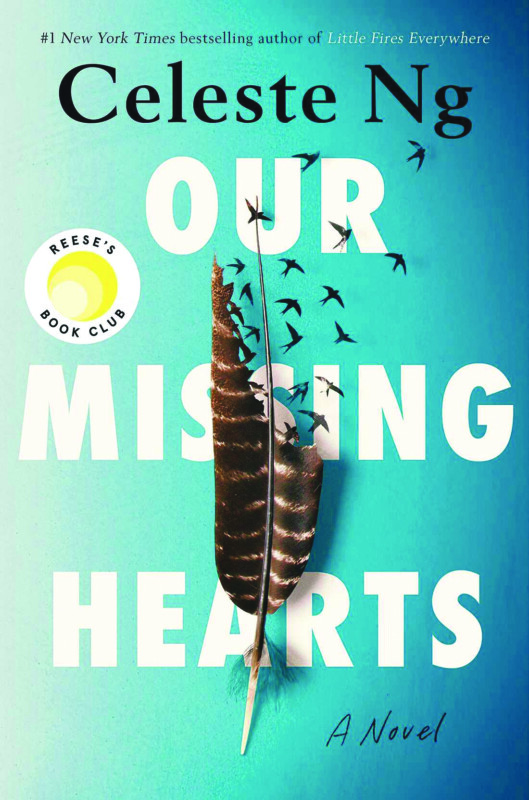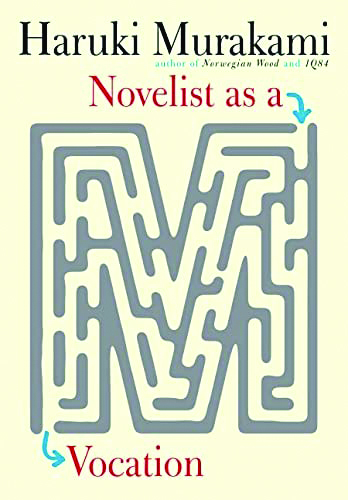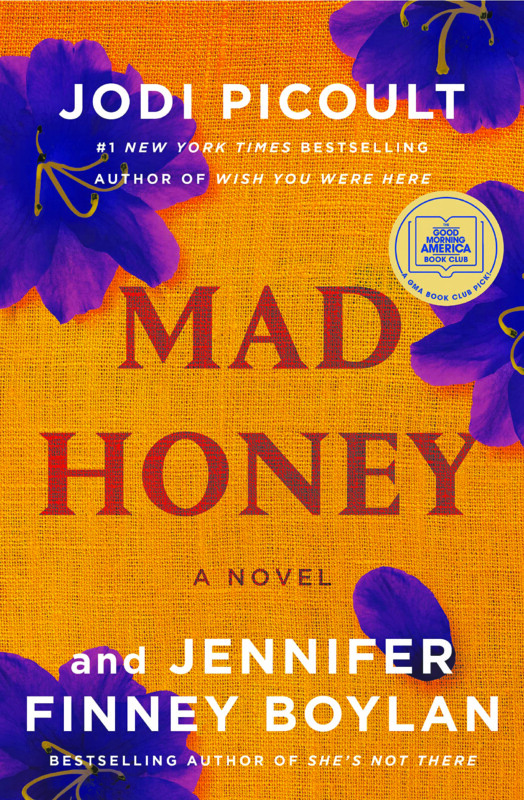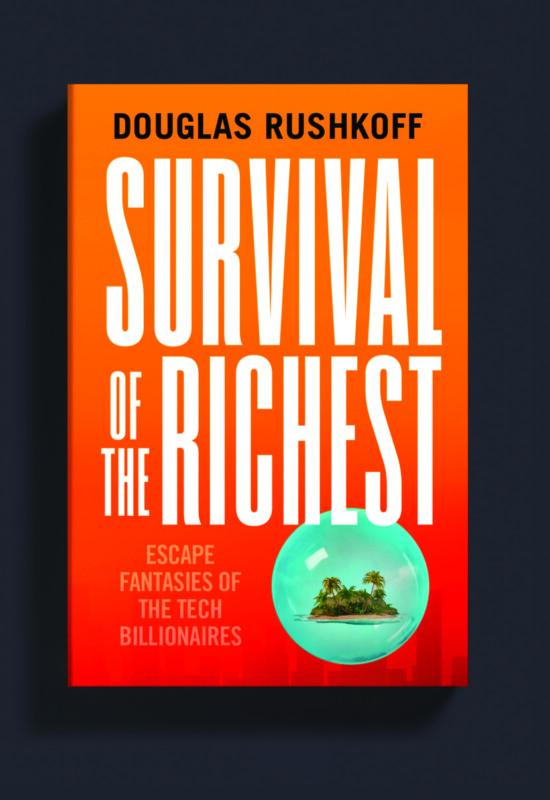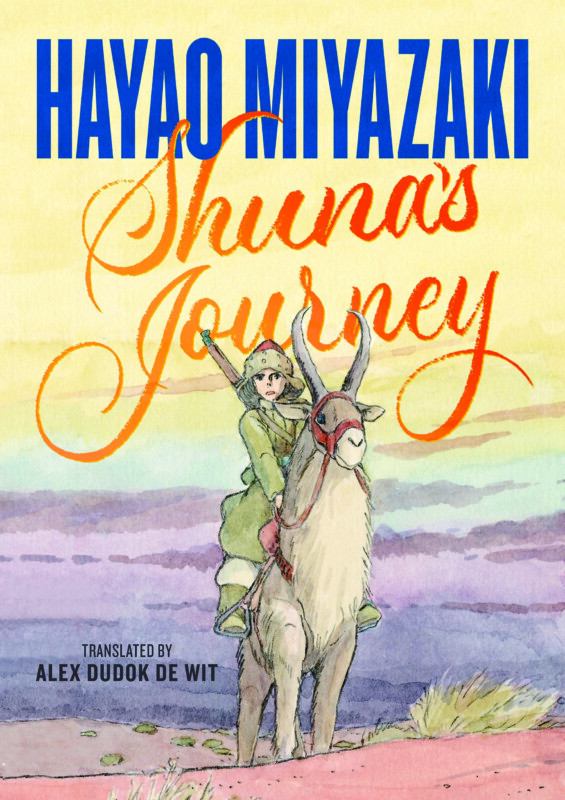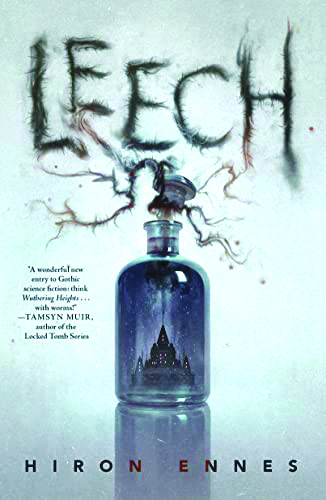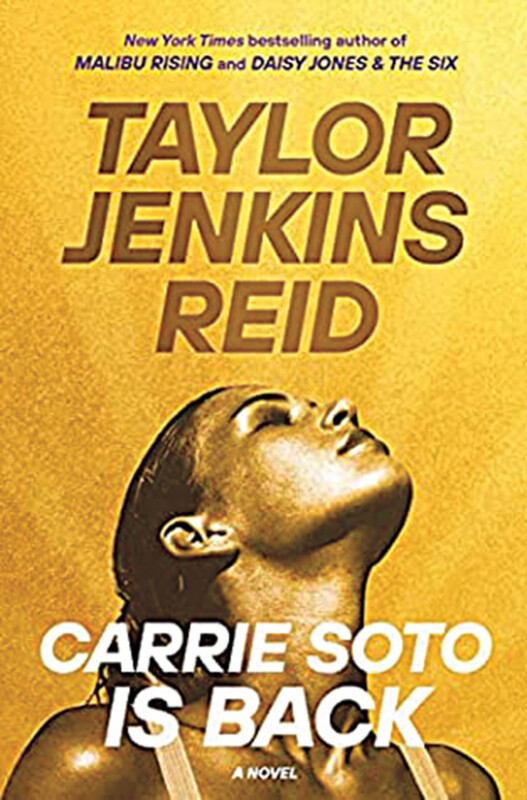A Christmas Memory, by Richard Paul Evans (Gallery, 183 pages)
Thirty years ago, Richard Paul Evans was 29 years old and working for an advertising agency in Salt Lake City when he decided he’d try his hand at writing a book. He didn’t have a Haruki Murakami moment, when he suddenly knew he could be a novelist while sitting in a baseball park; rather, he had just run for a statewide political office and lost, and needed a new goal to fill the void.
In his spare time he spent four weeks writing a novella he called The Christmas Box and then made 27 copies at Kinko’s and gave them out as Christmas gifts. Family and friends loved the story, which was about a young couple who become caretakers for a widow who has a mysterious box full of letters that (spoiler alert) turn out to be life-changing for the man and his wife. A couple of publisher rejection letters later, Evans self-published the book and eventually it hit No. 2 on The New York Times self-published bestseller list. Shortly thereafter, it sold at auction to Simon & Schuster for $4.2 million. It wasn’t a bad investment.
Evans has gone on to write more than 40 novels, most of them bestsellers, many of which have something to do with Christmas. His latest is A Christmas Memory, which steals a title from Truman Capote. (Disclosure: Capote’s poignant reflection about making fruitcake with his elderly cousin was published in 1956 and is a staple in my annual holiday reading.) Capote, the author of In Cold Blood, would no doubt be amused that two writers with such different trajectories and styles converged in this way.
Like Capote’s A Christmas Memory, Evans promises, in an author’s note, that his story is a lived experience, or more accurately, a collection of lived experiences woven into one narrative memory. It is a “composite of childhood experiences,” he says, without detailing which parts of the book, if any, are fiction.
Despite the title and festive cover, A Christmas Memory is disappointingly not really a Christmas story. It’s a story about a friendship that develops between a young boy and his elderly neighbor.
It opens with a family tragedy in 1967: the loss of the narrator’s older brother, who was killed in the Vietnam War. “He had promised to be home for Christmas. He kept his promise. Just not in the way we hoped.”
The narrator — presumably Evans, or some version of Evans, as he is called Richard or Ricky throughout the book — is “an awkward boy of eight with Tourette’s syndrome” who suffers 20 different kinds of tics. The family’s troubles get worse after the brother dies. The father is unemployed, the narrator’s grandmother dies, the family moves from California to Utah and then Richard’s parents separate.
The boy takes all of this hard. One day, while he is outside sobbing, he is comforted by a dog, which turns out to belong to a neighbor he later learns is named Mr. Foster. Mr. Foster is Black, which is unusual in Utah, which is “homogeneous as whole milk.” The man keeps to himself, for reasons that gradually become clear.
One day, Mr. Foster rescues Richard from bullies, and the two develop a relationship. At first, it seems mostly business. Mr. Foster hires the boy to shovel snow and to walk his dog, Beau, a deal they consummated with (possibly the most Utah thing ever) a snack of hot croissants with strawberry preserves. The two grow closer, with Mr. Foster gradually revealing parts of his life as the boy’s visits become more regular. At Thanksgiving, Mr. Foster invites young Richard and his mother to his house for the holiday meal, and there is finally a hope that with the start of the Christmas season, something Christmassy might ensue.
Alas, no.
The story culminates in December, that is for sure. There is a subplot about a cruel public school teacher who, for reasons that are not fully explained, basically ruins Christmas for her whole class with an angry tirade about Santa Claus. But there are also tragedies of mental health and physical health that, for all Evans’ narrative gifts, make this a bit of a downer to read, especially around the holidays. That’s not to say that depressing circumstances don’t make for a good holiday story; the travails of Jim and Della in O. Henry’s “The Gift of the Magi” make one of the most beloved Christmas stories despite its soul-crushing ending. And for anyone suffering the loss of a loved one at Christmas, this little book might be a comforting read.
As Mr. Foster tells young Richard, “We hate grief because it hurts. Not everything that hurts is bad. Whatever grief may be, it’s one thing for certain. Grief is the truest evidence of love.”
Reader reviews warn that Foster, who is a member of The Church of Jesus Christ of Latter-day Saints, is heavy-handed with Christian imagery and themes, but this is not the case in A Christmas Memory, aside from a few references to resurrection and an afterlife. For anyone who celebrates Christmas, this certainly wouldn’t be off-putting.
It’s tempting to compare Evans’ Christmas titles to the mauldin “Christmas Shoes” song and movie, which grew out of a story that circulated on the internet and has, at least in my house, become a subject of mockery. But Evans is a much better storyteller than that, and his commercial success shows that there is an appetite for these sorts of books, particularly since major publishing houses have lately failed to deliver any intellectually stimulating holiday titles, instead concentrating their efforts on cheesy Christmas romances and Hallmark movie fare.
A Christmas Memory is no A Christmas Carol, and Evans is no Charles Dickens. But it is a holiday bonbon of a book in a genre with disappointingly few choices, and it’s a serviceable and poignant story, particularly for anyone tending more toward misery than merriment this Christmas season. B

